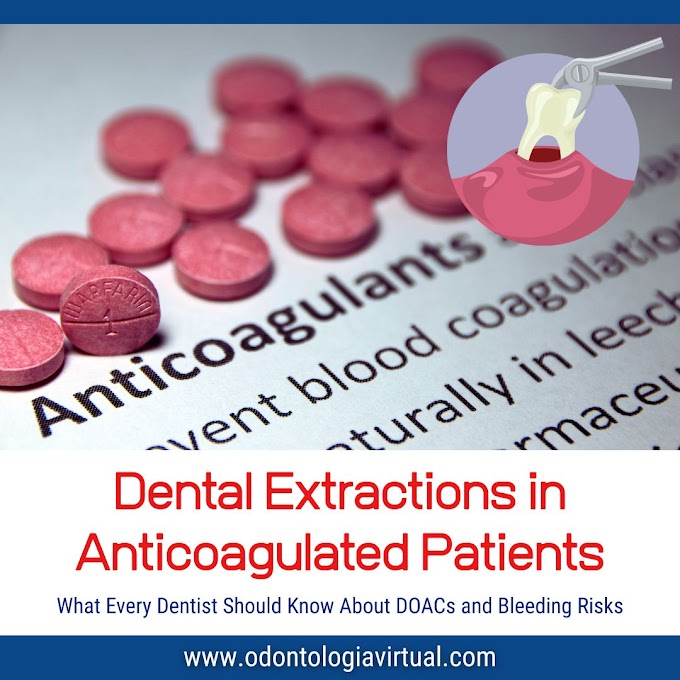Acute dental pain is among the leading causes of unscheduled dental visits and significantly impacts a patient’s quality of life.
It is typically associated with conditions such as symptomatic irreversible pulpitis, periapical abscesses, periodontal infections, or trauma, and is frequently encountered post-operatively following procedures like extractions, periodontal surgery, or root canal therapy.
The pain can be sharp, throbbing, and disabling, often leading patients to seek immediate relief.
Effective pain management is therefore a cornerstone of dental care.
It not only improves patient outcomes and satisfaction but also helps prevent the progression of inflammation and infection.
The correct choice of analgesic depends on the etiology of the pain, the patient’s systemic condition, and the risk-benefit profile of the medication.
Over the past five years, scientific research has shed light on the comparative efficacy of analgesics used in dentistry, providing updated guidance for clinicians.
This article reviews the most effective analgesics for managing acute dental pain, based on current scientific literature and clinical practice guidelines.
1. Nonsteroidal Anti-Inflammatory Drugs (NSAIDs)
NSAIDs, including ibuprofen, naproxen, and ketorolac, are the most widely recommended first-line medications for acute dental pain.
They work by inhibiting cyclooxygenase (COX) enzymes, thereby reducing prostaglandin synthesis, which is central to the pain and inflammatory response.
Recent evidence indicates that NSAIDs are more effective than opioids in many dental pain scenarios, particularly after tooth extraction or endodontic procedures.
They not only reduce pain intensity but also decrease inflammation at the site of injury.
Key Points:
✔ Ibuprofen 400–600 mg every 6–8 hours is commonly prescribed.
✔ Naproxen offers a longer duration of action and may be more suitable for sustained relief.
✔ Ketorolac, though potent, is generally reserved for short-term use due to its gastrointestinal risk profile.
2. Acetaminophen (Paracetamol)
Acetaminophen is an effective analgesic with a safer gastrointestinal and cardiovascular profile compared to NSAIDs.
Although it lacks anti-inflammatory properties, it remains a valuable option, especially for patients who are contraindicated for NSAIDs (e.g., those with peptic ulcer disease, kidney disease, or cardiovascular conditions).
Moreover, several studies support the synergistic effect of combining acetaminophen with NSAIDs, which enhances pain control without increasing adverse effects.
Recommended Use:
✔ Acetaminophen 500–1000 mg every 6–8 hours.
✔ Combined with ibuprofen (e.g., 400 mg ibuprofen + 1000 mg acetaminophen) for superior efficacy.
3. Opioids
While once commonly prescribed, opioids such as hydrocodone, codeine, and oxycodone are now used with much greater caution in dentistry.
Multiple randomized clinical trials have shown that NSAIDs, alone or in combination with acetaminophen, often provide better pain relief than opioids for dental conditions—without the associated risks of sedation, dependence, and overdose.
Current guidelines from the CDC and ADA recommend avoiding routine opioid prescriptions for dental pain and suggest their use only when NSAIDs and acetaminophen fail or are contraindicated.
Note: When used, opioids should be prescribed in the lowest effective dose and for the shortest duration possible (no more than 2–3 days).
► DENTAL BOOK: Little and Falace's Dental Management of the Medically Compromised Patient – 10th Edition (2023)
4. Emerging Options: Cannabidiol (CBD)
Newer investigations have evaluated cannabinoids like CBD for their analgesic and anti-inflammatory properties.
A 2023 study suggests that CBD may offer comparable relief for acute dental pain without the gastrointestinal or addictive risks of traditional medications.
However, more robust clinical trials are needed to confirm its efficacy and safety in routine practice.
Conclusion
Contemporary evidence strongly favors NSAIDs as the first-line treatment for acute dental pain, owing to their dual action on pain and inflammation.
Acetaminophen is a useful alternative, particularly when used in combination with NSAIDs.
Opioids should be reserved for exceptional cases, given their limited additional benefit and high risk profile.
Cannabidiol presents a promising new avenue, though it is still in the early stages of clinical application.
Dental professionals must base their analgesic prescribing practices on the latest scientific findings, considering each patient’s medical history, risk factors, and individual needs.
References
- American Dental Association. Oral Analgesics for Acute Dental Pain.
- Centers for Disease Control and Prevention. Dental Pain Care | Overdose Prevention.













